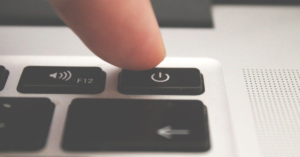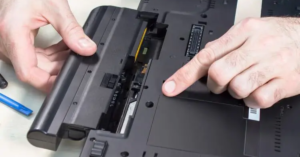Definition of a Laptop
The laptop meaning is: “LIGHTWEIGHT ANALYTICAL PLATFORM TOTAL OPTIMISED POWER.”
A laptop, also called a notebook computer by some manufacturers, is a lightweight, battery- or AC-powered personal computer (PC) intended to be mobile. Smaller than a briefcase, a laptop is easily transportable and can be used in many different temporary locations like airplanes, libraries, offices, and meetings.
Laptops also double as desktop computers when used with a docking station, which is a hardware device that extends the ports to attach peripherals such as monitors, keyboards, and printers for an immobile, wider workstation.
History of Laptops
Laptops have come a long way since they were first created. The original ones were large, cumbersome, and not very portable. As time went on, technology evolved, and laptops became smaller, quicker, and more powerful. In the past decade, they have become even lighter and more sophisticated, and they are now an integral part of daily life.
Development of the First Laptop
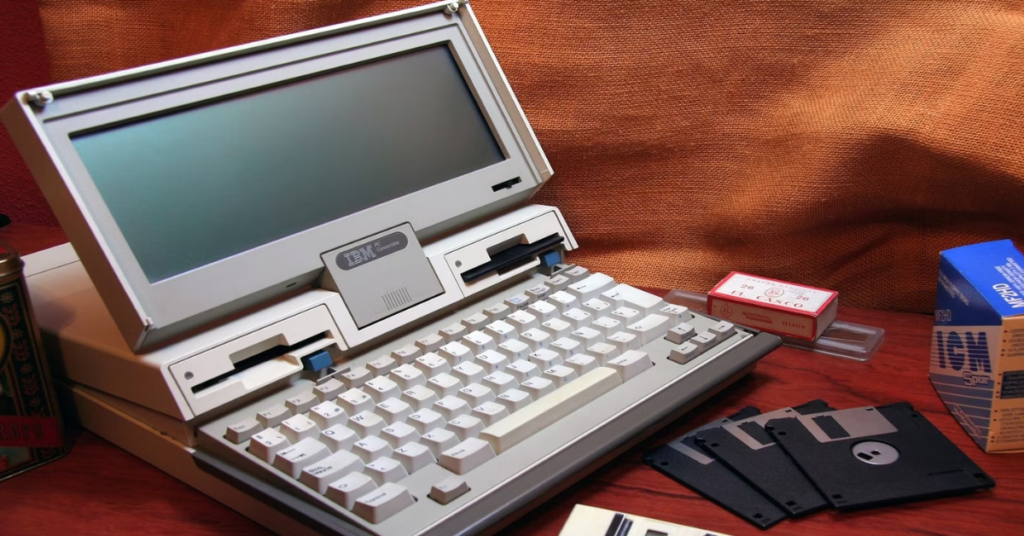
The first laptop’s growth was an important milestone in technology history. The early portable computers were large and cumbersome, but later, designers made them smaller and more functional. The first actual laptop was compact and light enough for people to feel comfortable having it on their knees. With this, they found it easier to work from anywhere at any time without difficulties.
The Evolution of Laptops Over the Years
| 1980’s | Laptops started as large, heavy machines with limited battery life, resembling portable desktops. |
| 1990’s | Laptops became more compact, lighter, and offered improved battery life, making them more practical for everyday use. |
| 2000’s | This era brought thinner, faster laptops with better performance and the introduction of affordable netbooks for portable computing. |
| 2010’s | Ultrabooks and 2-in-1 devices emerged, offering slim designs and the ability to function as both laptops and tablets. |
| 2020’s | Today’s laptops are lightweight, powerful, and equipped with features like foldable screens, AI integration, and long battery life, making them essential for modern life. |
Key Milestones in Laptop Development
The key milestones in laptop development reflect the major technological breakthroughs that have revolutionized portable computing. From the creation of the first portable computers to the introduction of modern, lightweight devices, these milestones showcase the evolution in design, power, and functionality over the decades.
1981: IBM 5155 Portable Computer
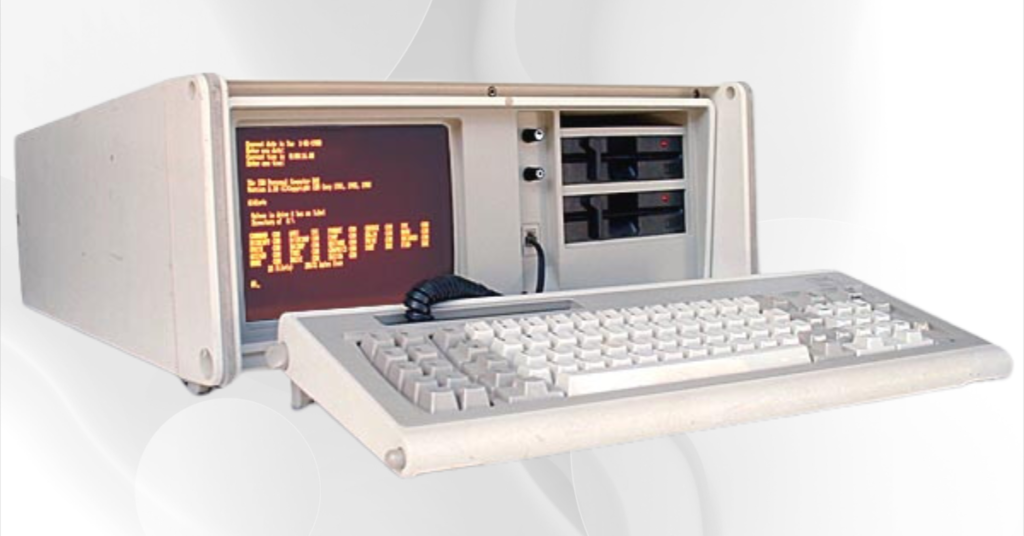
The first portable computer by IBM was the IBM 5155. This computer was quite heavy and bulky but marked a significant milestone in terms of portable computing.
1989: Compaq LTE
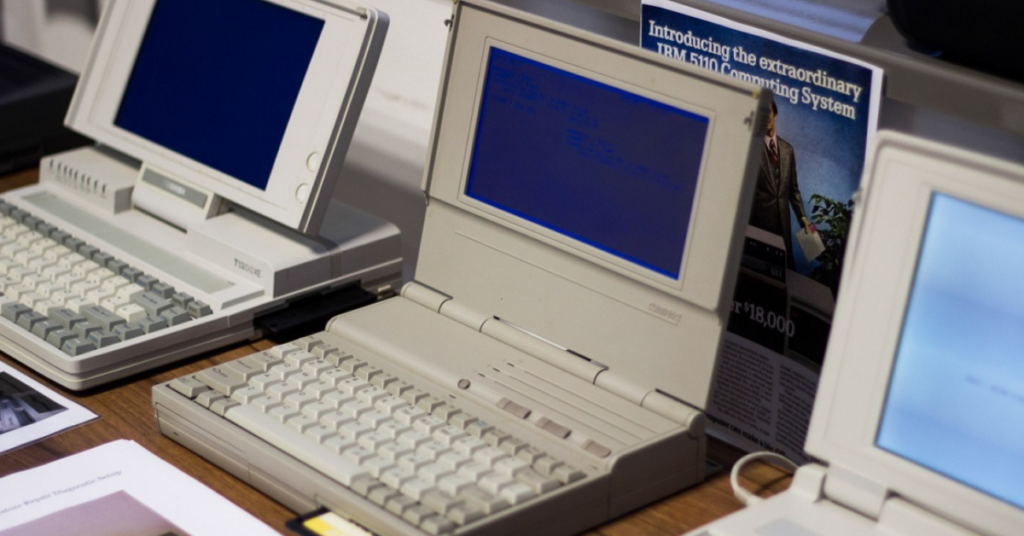
In its compact format and resilience to factors like energy consumption, the Compaq LTE stood out from earlier laptops because it met two criteria that were really important for every portable computer at that time: size and duration of service.
1991: Apple PowerBook 100
With its integrated trackpad and battery, Apple’s PowerBook 100 was ground-breaking and made laptops very convenient to use and transport.
1994: IBM ThinkPad 700C
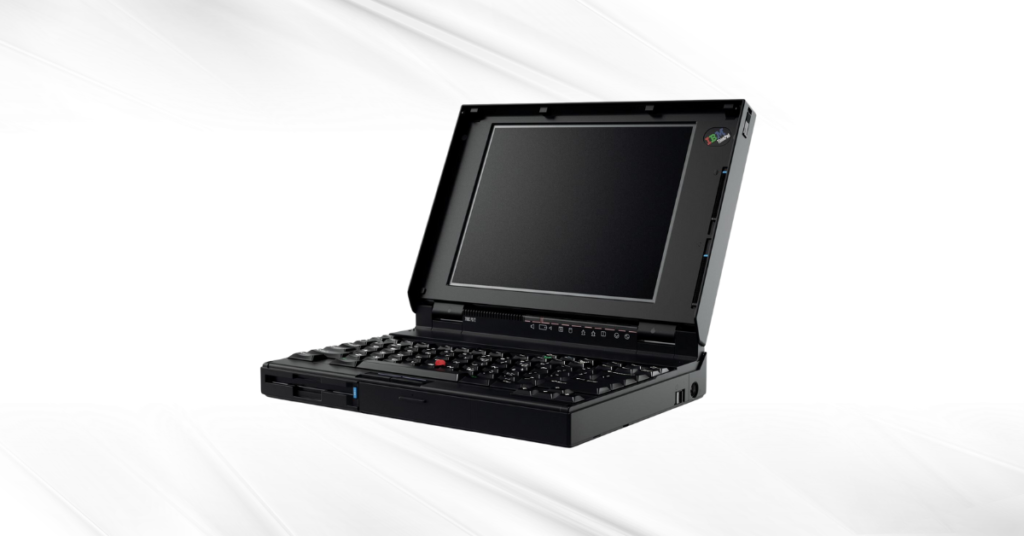
The TrackPoint, a small joystick for navigation, was introduced by IBM with its ThinkPad 700C and became a major player in the market for business laptops.
2008: MacBook Air
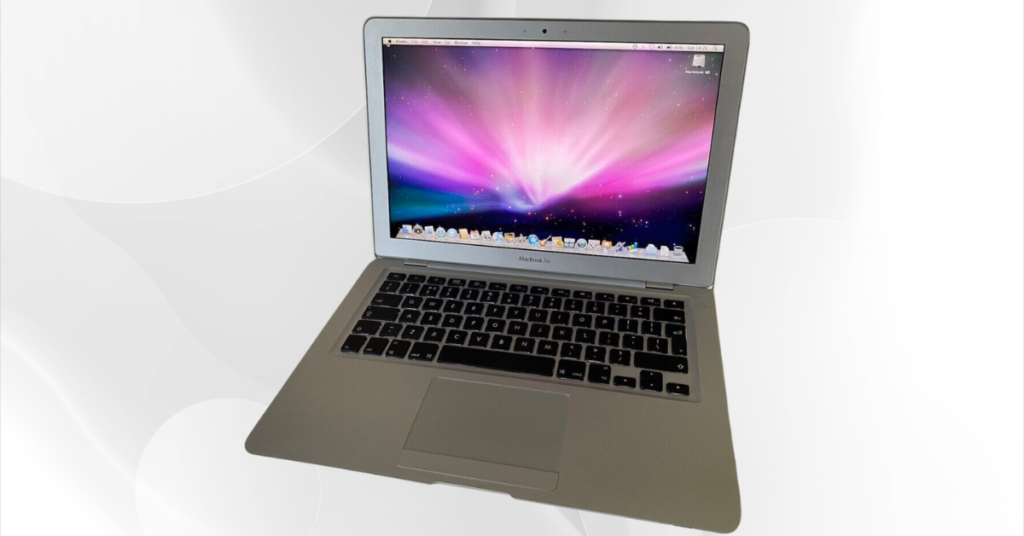
Back in the day, Apple’s MacBook Air was arguably one of the pioneering ultra-thin laptops that demonstrated how to have a powerful device in a small form factor.
2012: Microsoft Surface
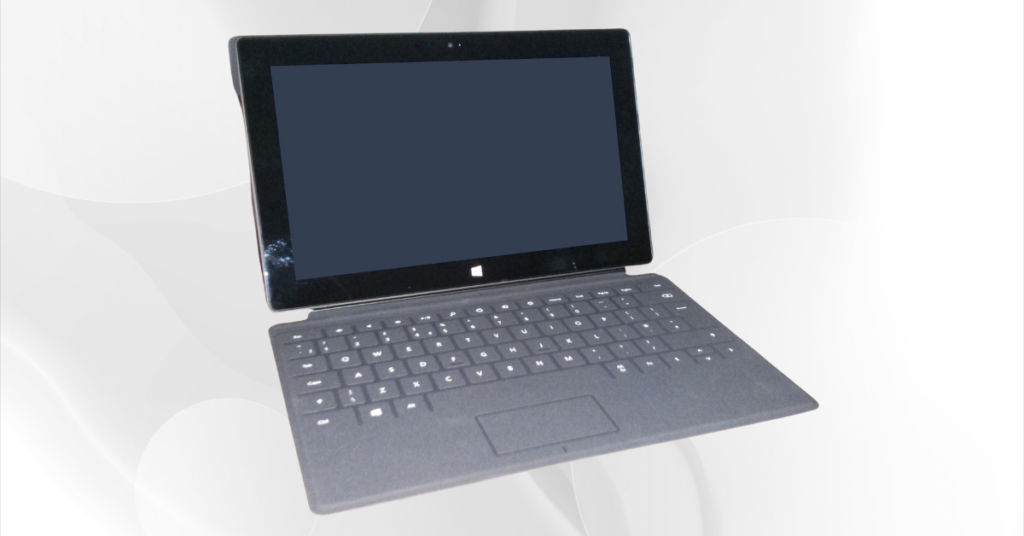
Laptop and tablet merged in the Microsoft Surface 2-in-1 gadget which tends to be convenient and adaptable when compared to others.
2015: Dell XPS 13
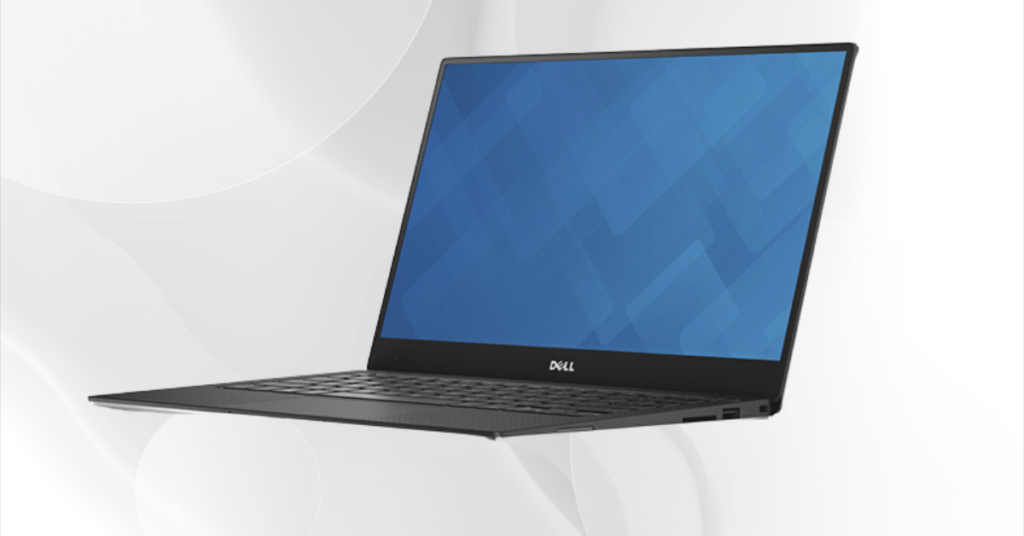
Due to its almost borderless display and small size, the Dell XPS 13 received recognition and made a mark in the history of super light laptops.
2020: Apple M1 Chip
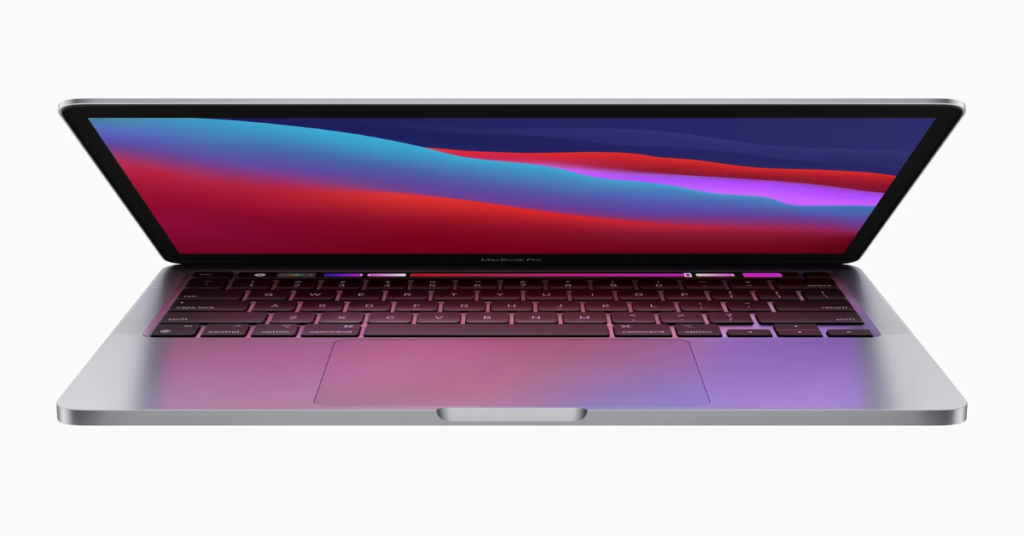
The shift to proprietary processors by Apple represented a considerable breakthrough concerning performance and energy consumption when they unveiled their M1 chip for MacBooks.
Let’s explore why laptops are called notebooks. Notebook Vs Laptop.
Types of Laptops
Laptops are of various shapes and sizes, suited for varied purposes. Some of the most popular ones include:
- Ultrabooks – Thin, light, and speedy, ideal for frequent flyers or professionals who want a slim, efficient laptop for business.
- Gaming Laptops – Loaded with robust processors and graphics cards, these are designed specifically for gamers who demand high-speed performance and picture-perfect visuals.
- 2-in-1 Laptops – Otherwise known as convertible laptops, they have the option of a laptop and a tablet mode, offering you both worlds’ best.
- Business Laptops – Designed to work, they are secure, sturdy, and reliable, perfect for professionals.
- Student Laptops – Budget-friendly, reliable, and perfect for general tasks such as studying, browsing, and online classes.
- Workstation Laptops – Extremely powerful computers for heavy-duty work such as video editing, 3D modeling, and coding.
- Chromebooks – Easy, quick, and affordable laptops with Chrome OS, perfect for students and light users.
Selecting the best laptop is based on what you will be using it for, if it’s for work, gaming, school, or casual internet use.
Advantages and Disadvantages of Using a Laptop
Laptops provide the convenience of portability and flexibility, making them ideal for work and study anywhere. However, they also come with certain limitations. Understanding both the advantages of using laptop and disadvantages of using laptop can help in making informed decisions.

| Advantages | Disadvantages |
| Portability – Laptops are lightweight and easy to carry, making them great for work, travel, and study. | Battery Life – Limited battery life means you may need to charge frequently, especially with heavy use. |
| Space-Saving – They take up less space compared to desktop computers and don’t require a separate monitor or keyboard. | Performance Limitations – Laptops may not be as powerful as high-end desktops, especially for gaming or heavy tasks. |
| Wireless Connectivity – Built-in Wi-Fi and Bluetooth allow easy internet access and wireless connections. | Overheating – Due to their compact size, laptops can heat up quickly, affecting performance over time. |
| Built-in Battery – Can be used without a power source, making them ideal for mobile use. | Upgrade Limitations – Unlike desktops, upgrading parts like the processor and graphics card is often difficult or impossible. |
| Energy Efficient – Laptops use less power than desktops, saving electricity. | Repair Costs – Repairs and replacements can be expensive due to compact, specialized components. |
Components of a Laptop
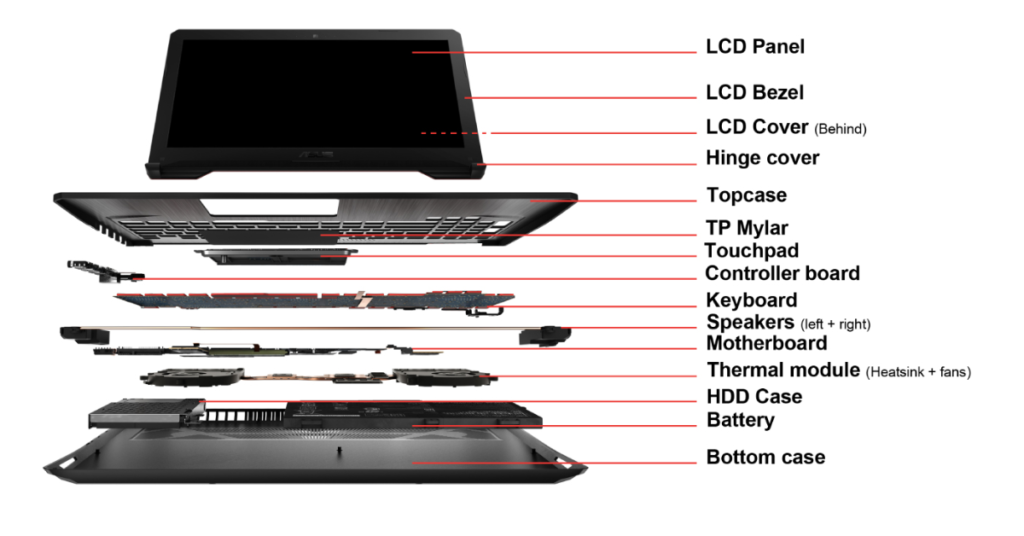
The components of a laptop include essential parts that contribute to its functionality. Key components are:
Key components are:
- Processor: The brain of the laptop, responsible for running programs and handling tasks.
- Memory: Helps the laptop work faster by storing temporary data for quick access.
- Storage: Where all your files, apps, and data are saved, like a digital filing cabinet.
- Display: The screen that shows images, videos, and everything you do on your laptop.
- Keyboard: The set of keys you use to type and control your Laptop.
- Touchpad: A small, flat surface that lets you move the cursor and click without a mouse.
- Ports: Openings where you connect devices like USB drives, headphones, or chargers.
Importance of Laptops in Modern Society
The importance of laptops in modern society lies in their ability to provide mobility, efficiency, and access to information anytime, anywhere. Laptops have become essential tools for professionals, students, and businesses, enabling remote work, online learning, and instant communication.
Learning Anytime, Anywhere
For students, laptops have become essential tools. They provide access to online classes, research, and collaborative tools, making learning more interactive and accessible, no matter where you are.
Working Without Limits
In the business world, laptops help teams stay connected and productive, even when they’re not in the office. They make it easy to manage projects, attend virtual meetings, and collaborate with people across the globe.
Supporting Creative Work
Laptops are a powerful tool for creatives—whether you’re a designer, writer, or developer. With their versatility, you can create, edit, and bring your ideas to life, wherever inspiration strikes.
Entertainment on the Go
Laptops also provide entertainment on the go. Whether you’re streaming movies, gaming, or video chatting with loved ones, laptops offer a portable way to relax and stay connected.
A Must-Have in the Digital Age
In today’s fast-moving digital world, laptops have become essential. Their portability, power, and versatility make them a key part of modern life, helping us stay connected, creative, and productive every day.
For more about laptops, explore how does a laptop works?
Future Trends in Laptop Technology and Design
Picture a laptop that folds up like a phone, shifts its display color to suit your activity, or even comes to life with voice commands—features that were once the stuff of science fiction but are now becoming tangible possibilities.
Next-generation laptops could be rolled up or folded into shape, becoming even more portable and compact. Their displays may change colors or show dynamic images based on what the user is doing, making the experience more engaging. Voice recognition may become an integral part of the laptop, enabling users to control their laptops with voice commands. Smart laptops may learn about user habits to improve productivity and offer customized support.
In addition, improvements in battery technology hold out the promise of longer-lasting power, allowing laptops to maintain pace with heavy workdays without constant recharging.
Conclusion
To sum up, laptops are essential for daily lives. These have progressed from massive and weighty machines into slimmer and portable devices with advanced features of that enable us to work, study, and communicate irrespective of our location. Whether for school, work, or creative projects, laptops allow people to complete tasks with eagerness. In the future, laptops will be even more helpful due to the introduction of advanced technologies and prolonged battery longevity.
FAQ’S
When was the first laptop invented?
The first portable computer, often considered a precursor to the modern laptop, was the IBM 5100, introduced in 1975. However, the first true laptop, the Osborne 1, was released in 1981.
Who invented the laptop?
The concept of the laptop evolved through various innovations and contributions. While no single person is credited with inventing the laptop, key figures include Adam Osborne, who developed the Osborne 1, widely recognized as the first true laptop computer, and other early contributors to portable computing technology.
What are the different types of laptop?
There are many types of laptops. Some of them are:
Traditional Laptops
Ultra-books
2-in-1 Laptops
Workstations
Chromebooks
Gaming Laptops
What does the future hold for laptops?
Laptops appear to have a bright future in terms of thinner and lighter designs, screen folds as well as longer battery life. In addition, there will be smarter laptops which incorporate more advanced artificial intelligence thus making them user friendly. Additionally, the laptops will receive enhancements on their connectivity and environmental friendliness hence more practical and sustainable.




